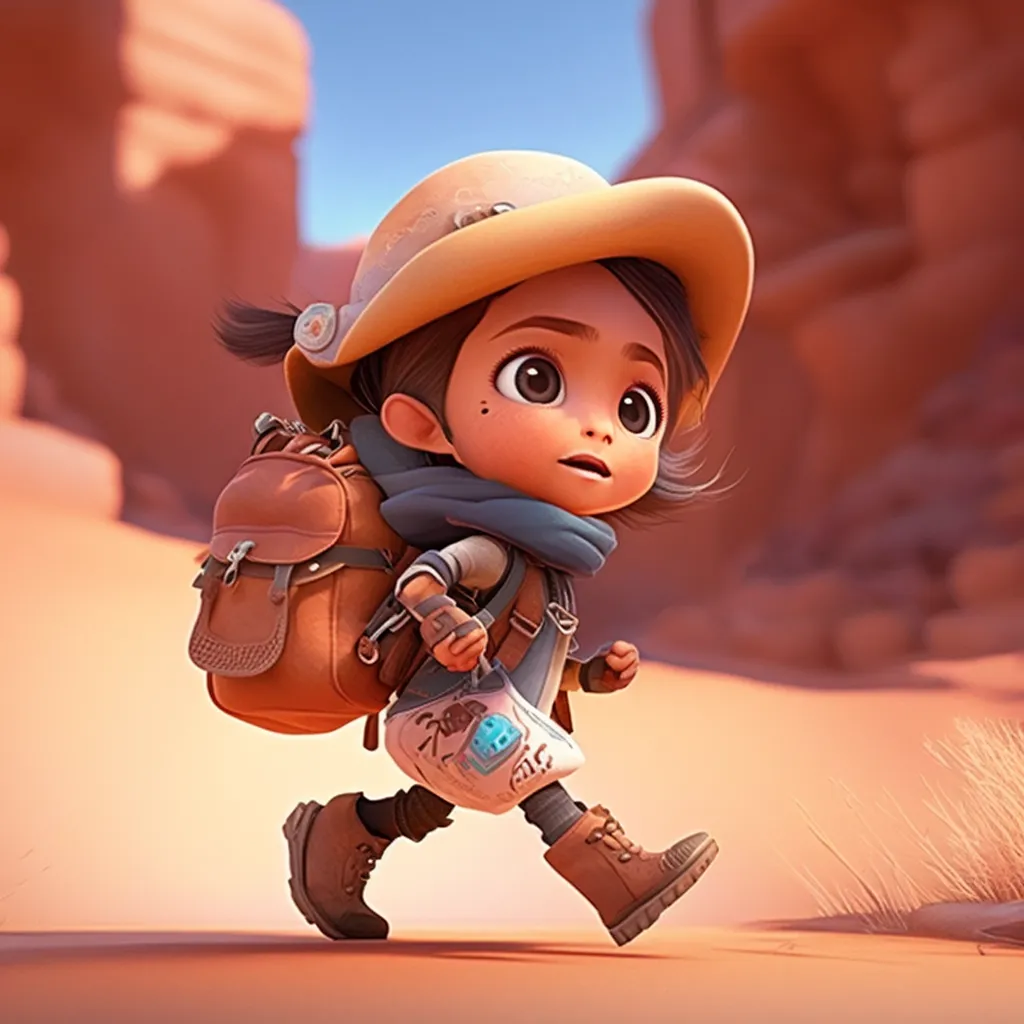PixelPrompt: Revolutionising Character Creation in Video Games through AI
In the world of video games, characters play a vital role in captivating players and immersing them in the game’s narrative. Asmara AI, an innovative AI company, is on a mission to redefine character creation by leveraging breakthroughs in generative AI, Natural Language Processing (NLP), and Large Language Models (LLMs). Their ambitious project, called PixelPrompt, aims to generate 3D, animated, interactive cartoon character avatars using only a text prompt. Let’s dive into the exciting world of PixelPrompt and explore the scientific and technological advancements behind this groundbreaking endeavour.

The Technological Leap
Asmara AI’s groundbreaking technological leap lies in developing specific middleware, add-ons, and AI LLMs that seamlessly integrate trained 2D and 3D AI-driven avatars and characters within video games and other software applications. These characters are designed to be relatable, safe, autonomous entities that build meaningful relationships with users based on Asmara’s proprietary data. Aptly named ‘PixelPrompt,’ this suite of software tools and LLMs opens up a world of possibilities for game developers and other companies in need of intelligent, animated characters that evolve with ongoing user interactions.
Overcoming Scientific and Technological Uncertainties
While PixelPrompt promises revolutionary character creation, several scientific and technological uncertainties needed to be overcome. Asmara’s research journey involved tackling complex challenges across multiple disciplines:
a) Complexity of Natural Language: Natural language is inherently intricate, and fully understanding its nuances remains a challenge. Asmara extensively researched various natural language processing models to find the most suitable ones for training and developing the PixelPrompt product. This involved utilising data sets, perplexity model training, and design parameters to accurately generate nuanced avatars/characters.
b) Extrapolating Visual Details: Transforming 2D images into detailed, animated 3D models in real-time required Asmara to explore and test new techniques like Generative Adversarial Networks (GANs) and Neural Radiance Fields (NERFs). While progress has been made, capturing and rendering high-quality 3D models from 2D images presented its own set of challenges. It looks like Asmara has (at least intellectually and in testing) solved these.
c) Complexity of Voice Generation: Creating natural-sounding voices for avatars/characters posed a significant hurdle. Asmara delved into the advancements of speech synthesis technology to achieve seamless integration and live streaming of voices, ensuring an immersive user experience.
d) Data Requirements: To build a software application capable of generating avatars/characters from text prompts, a substantial amount of high-quality data was needed. Asmara meticulously gathered pertinent data and is in the process of training models with the necessary data to generate avatars/characters that possess learning capabilities and unrestricted 3D potential.
e) Integration Challenges: Combining various software solutions and disciplines posed its own complexity. However, Asmara’s technical research and tests have provided feasible solutions, proposed pathways for a Minimum Viable Product (MVP), and techniques for successful implementation.
Overcoming Uncertainties: A Staged, Iterative Process
Although uncertainties persist, Asmara has made significant progress through its completed initial research phase. Breakthroughs in each discipline have been made, allowing for confident progression. Key questions regarding AI language models, NERF/GAN solutions, voice integration, and integration of various disciplines have been successfully addressed. Asmara’s research, development, and testing have laid the foundation for packaging the technology for commercial exploitation, creating marketing plans, and expanding potential applications.
The Quest for Unprecedented Innovation
Asmara’s team possesses a unique blend of expertise in 3D game design, LLM training, and deployment. They are driven by the pursuit of innovation, as off-the-shelf solutions currently fall short of their vision. By combining the talents of programmers, designers, artists, and experienced professionals, Asmara aims to deliver a technological marvel, projected for 2035, by 2024.







